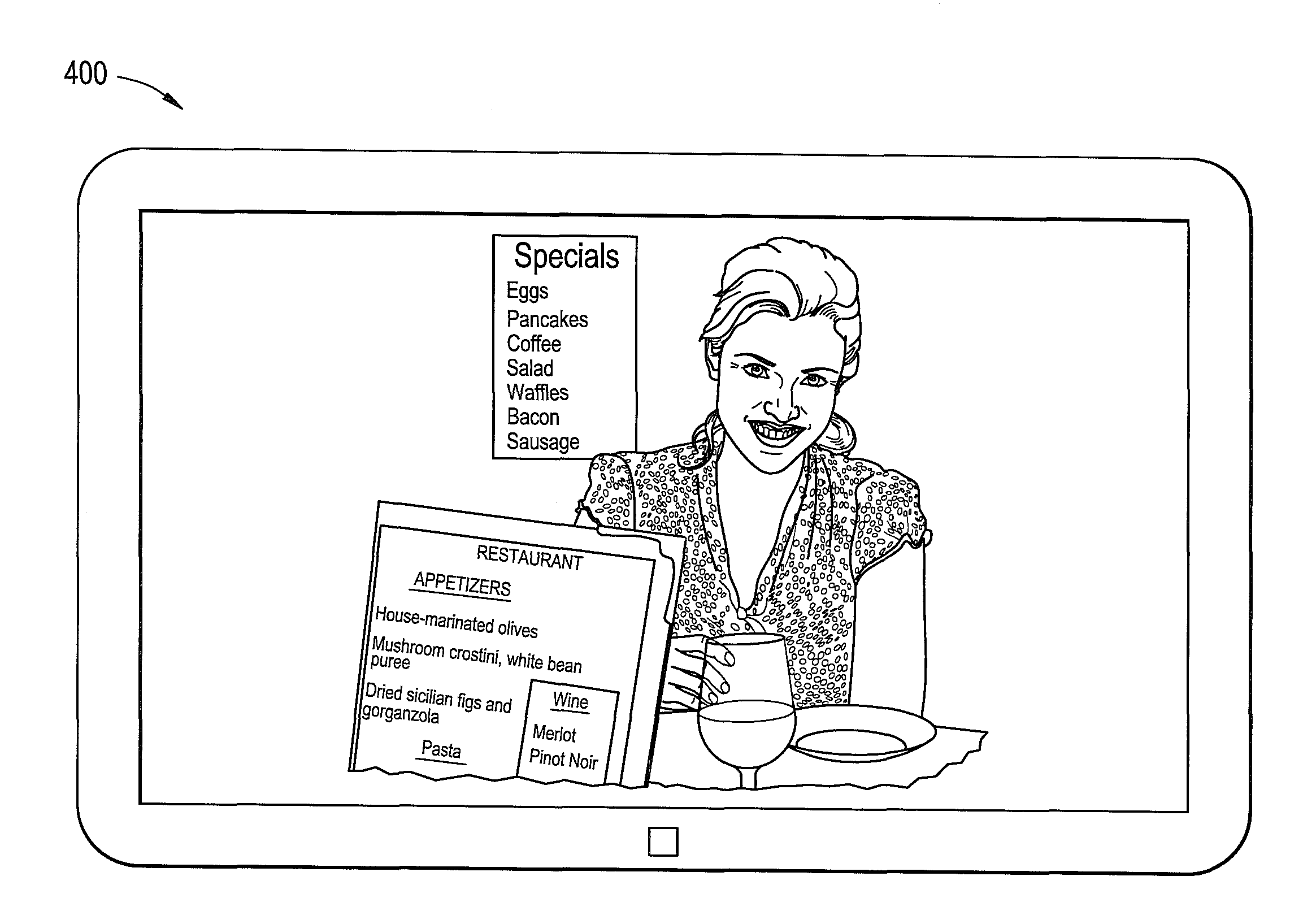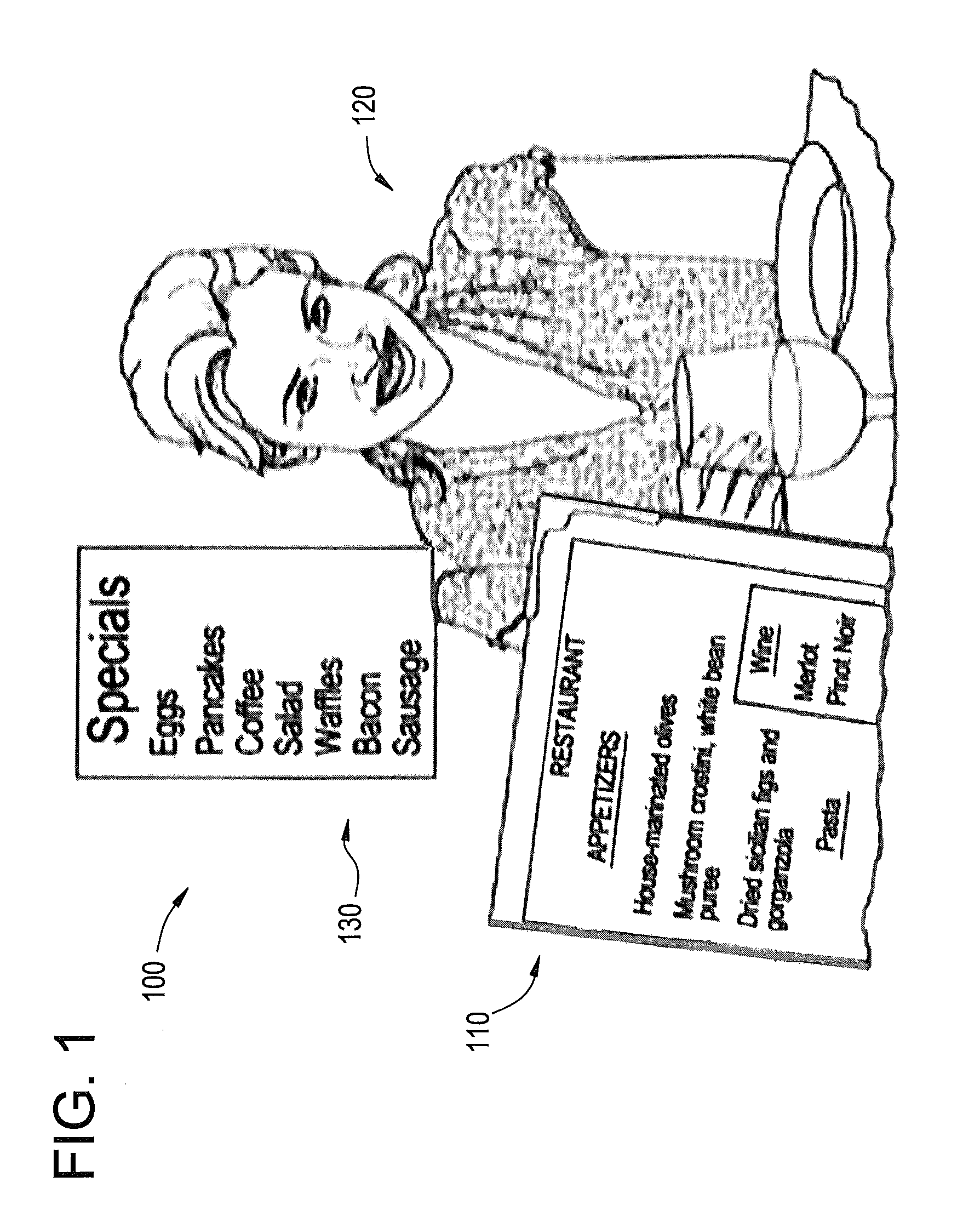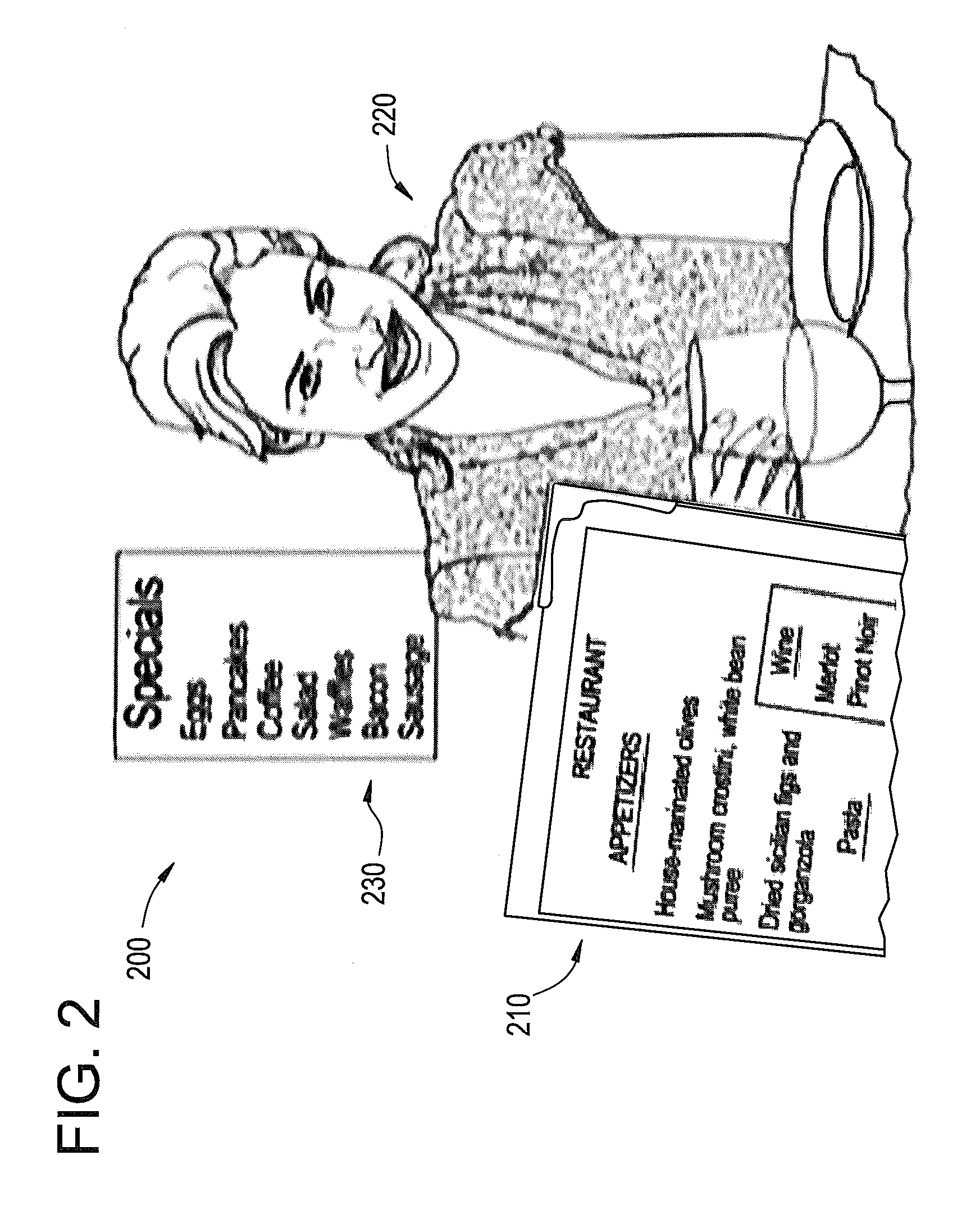Patient interactive fit tool and methodology for contact lens fitting
a technology of interactive fit and patient, applied in the field of fitting contact lenses, to achieve the effect of less total chair time, more efficient lens selection process, and realistic expectation
- Summary
- Abstract
- Description
- Claims
- Application Information
AI Technical Summary
Benefits of technology
Problems solved by technology
Method used
Image
Examples
Embodiment Construction
[0020]Contact lenses or contacts are simply lenses placed on the eye. Contact lenses are considered medical devices and may be worn to correct vision and / or for cosmetic or other therapeutic reasons. Contact lenses have been utilized commercially to improve vision since the 1950s. Early contact lenses were made or fabricated from hard materials, were relatively expensive and fragile. In addition, these early contact lenses were fabricated from materials that did not allow substantial oxygen transmission through the contact lens to the cornea which potentially could cause a number of adverse clinical effects. The rigid contact lenses of the past have undergone vast improvements in regard to oxygen transmission secondary to newer semi-flexible materials and thus a significant improvement in corneal health. These contact lenses still have limited use due to initial comfort that may be marginal at best. Later developments in the field gave rise to soft contact lenses, based upon hydroge...
PUM
 Login to View More
Login to View More Abstract
Description
Claims
Application Information
 Login to View More
Login to View More - R&D
- Intellectual Property
- Life Sciences
- Materials
- Tech Scout
- Unparalleled Data Quality
- Higher Quality Content
- 60% Fewer Hallucinations
Browse by: Latest US Patents, China's latest patents, Technical Efficacy Thesaurus, Application Domain, Technology Topic, Popular Technical Reports.
© 2025 PatSnap. All rights reserved.Legal|Privacy policy|Modern Slavery Act Transparency Statement|Sitemap|About US| Contact US: help@patsnap.com



